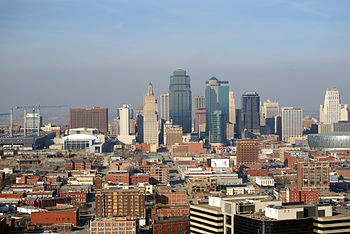I prefer to leave politics out of the delivery of broadband services across the United States, but it is a topic that is highly politicized because of government involvement. The “New York Times” interviewed FCC Commissioner Mig Clyburn with a decidedly supportive position that there exists an ever increasing digital divide. Articles like this one are not surprising with presidential candidates playing up class envy and income inequality to drum up votes. The interviewer did not ask tough questions or challenge Mig’s responses. Apparently the editors did not feel the need to do any fact checking either.
This interview contains inaccuracies that lead readers to believe that broadband deployments are also subject to the “great divide” that the media is constantly touting. Actually the opposite is true. Every new broadband deployment has a plan to cover low-income areas and provide free or subsidized broadband for low-income residents. These plans are independent of whether a local municipality or commercial enterprise are building the networks. Rural communities are taking matters into their own hands in several places and building their own broadband networks when no commercial provider will serve their area. Urban areas are the easiest to cover due to their density and short loop lengths. Urban areas typically have multiple service providers offering competition and discounted rates to low-income housing that suburban customers do not typically receive.
Continue reading






